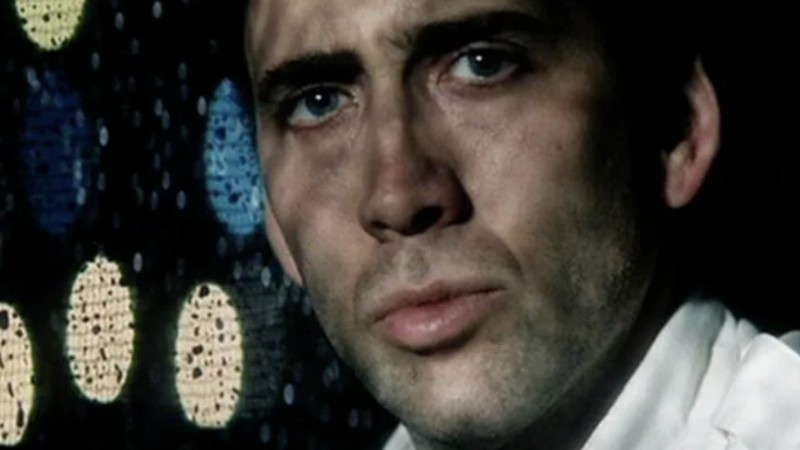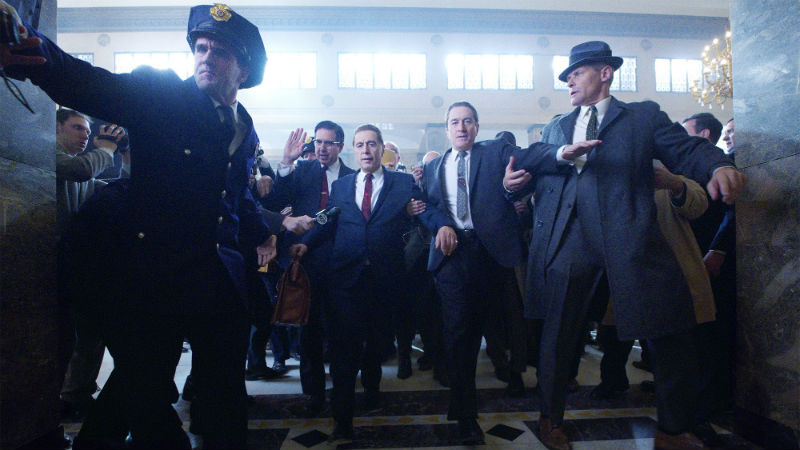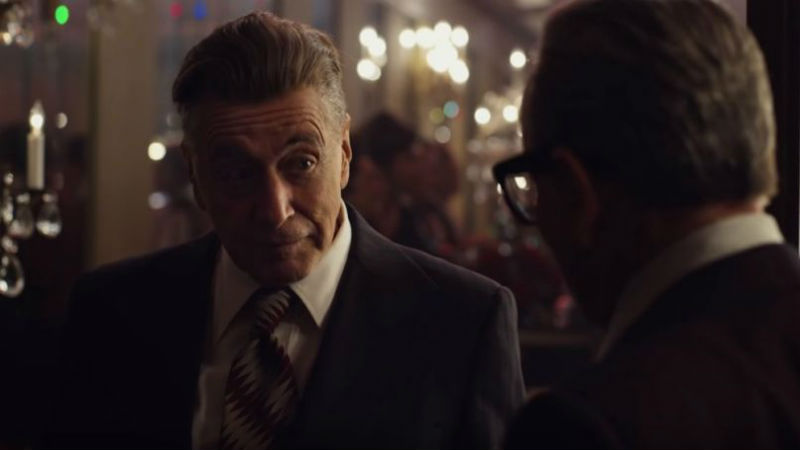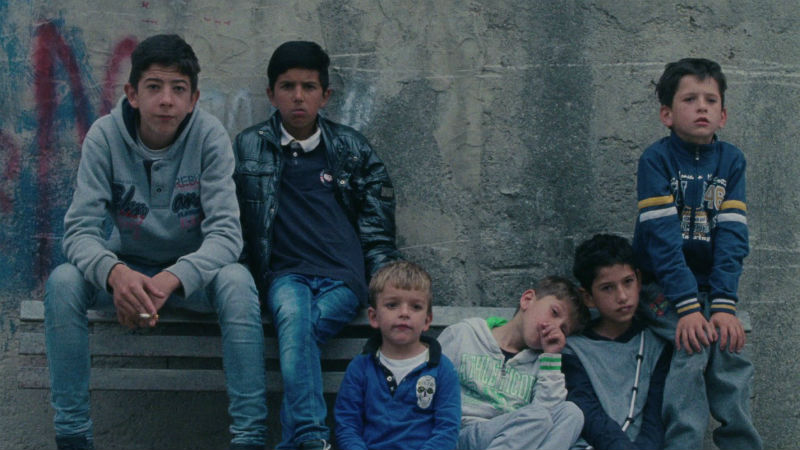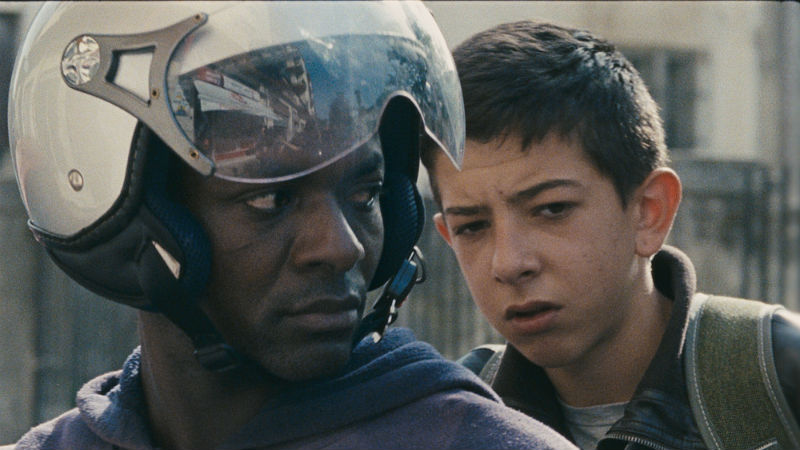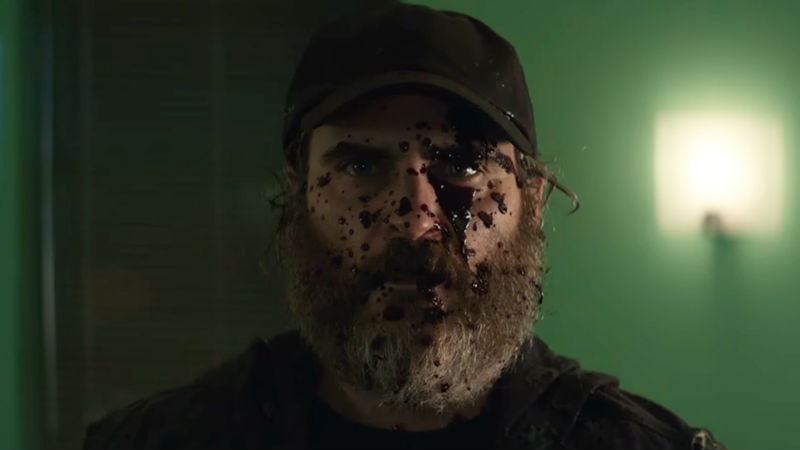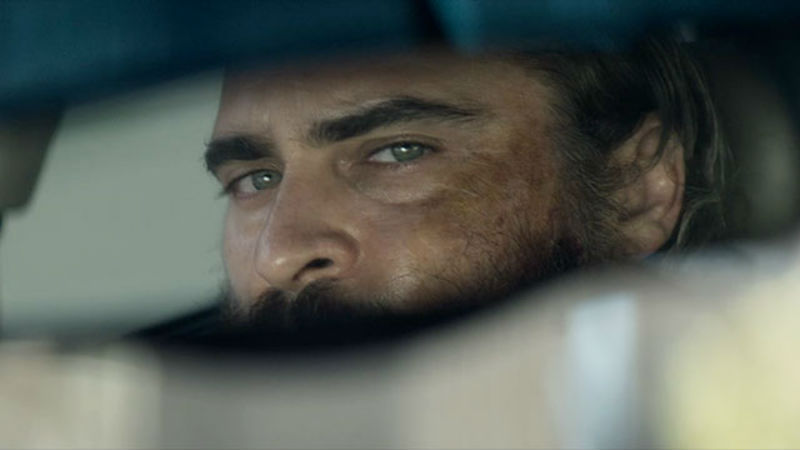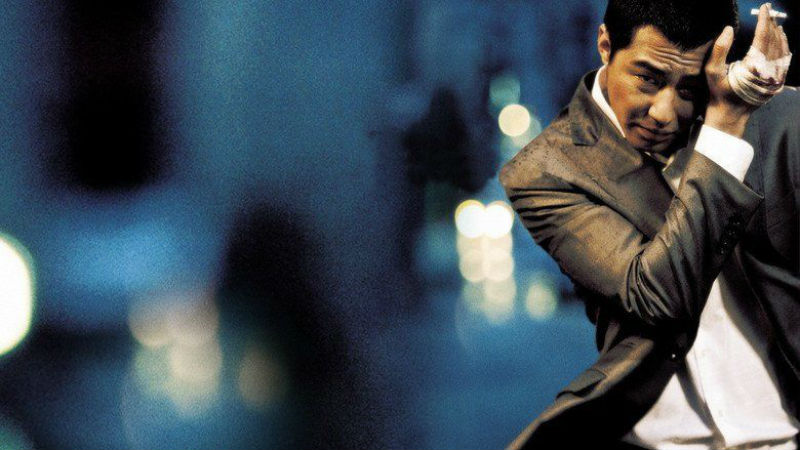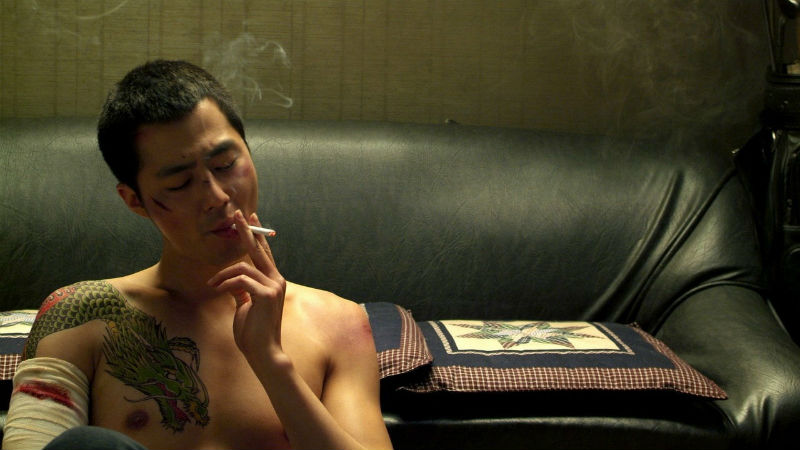At slightly over 80 years of age, Martin Scorsese has now been making movies for more than 60 years. Like his last, fictional, narrative feature The Irishman (2019), this one is pushing three and a half hours. I always have issues with films that long: the vast majority are that way due to director’s ego and / or inability to tell a story concisely. Some of them might have been better suited to a TV mini-series ( a medium in which, incidentally, Scorsese also works). Yet if you try and imagine Killers Of The Flower Moon cut down in length, it’s difficult. Maybe you could take out the frame story – the performance of a crime drama on the radio on the subject of the Osage Indian Murders – but that sets the scene nicely at the start and takes you back out of the movie equally nicely at the end, so it would be a shame to do so. Beyond that, looking at the film, there isn’t much (if any) slack you could take out. You sit in the cinema for three and a half hours and are engrossed.
The real life crime case on which the film is based mostly took place in the 1920s. The land rights of the Osage tribe of Native Americans living in Osage County, Oklahoma were protected by law, which had been put in place before anyone anticipated either the value of oil (“black gold”) or the amount of it on their lands. Consequently, the stage was set for others to try and take those rights from them one way or another. In 1929, Oklahoma cattleman William Hale was imprisoned as the person behind the murders. He was later the focus of David Grann’s book Killers Of The Flower Moon, from which the current film is adapted.
We first meet Hale (Robert De Niro) at the same time as his nephew Ernest Burkhart (Leonardo DiCaprio) when the latter returns home after serving in World War One. Hale comes on the benevolent uncle, and extols the Osage as the greatest people on Earth, even as he pronounces the importance of their inheritance finding its way into his and his family’s personal empire. He warns Ernest of the dishonesty of many people in the locality, satisfying himself that his nephew is a good sort. He also tells him that the Osage may not appear to say much, but they are shrewd and generally know everything that is going on.
Hale sets Ernest up as a driver, ferrying local people hither and thither. One of Ernest’s fares in the quiet, dignified Osage woman Mollie (Lily Gladstone from First Cow, Kelly Reichardt, 2019) who at one point, true to Hale’s characterising of the Osage, tells Ernest, “you talk too much.” Nevertheless, he has seen a certain something in her, and she in him, and they fall in love and marry. She also has land rights and is extremely well off (although the suggestion here is that Ernest marries Mollie not for the money but for love.) While all this is going on, Ernest’s uncle is making suggestions about how she would be a good person for his nephew to get to know, and insisting that in the event of her death, it would be imperative that her wealth pass to Hale and his family.
An Osage is out minding his own business in a lonely place when someone appears behind him and puts a bullet through his head. (Actually, we’ve seen Osage deaths before – there’s a little montage of them at the beginning where various Osage men or women are killed or die alone drinking poisoned whisky, described by a narrator as closed cases, categorised in at least one instance as suicide – after we’ve watched the shooter plant a gun in the victim’s hand).
This punctuation of the narrative with violence feels like familiar Scorsese territory – look no further than the “house painting” early on in The Irishman or the violent multiple stabbing of the man in the car boot which opens Goodfellas (1990). Yet, if we think of Scorsese’s films as alternating between violent urban stories often about gangs or lawlessness and other stories about other things, in which violence sometimes but not always plays a part – Silence (2016), Kundun (1997), The Age Of Innocence (1993) – Killers Of The Flower Moon, in essence a sprawling, true crime drama about lawlessness, seems somehow to belong in the ‘other’ films category.

De Niro’s Hale, a character who appears onscreen a lot and is totally integral to the plot, is a deeply criminal and greedy individual who we always see from the outside and to whom we are never allowed to get close or alongside. There are things about him that leave a nasty taste in the mouth. The contrast with the Osage Mollie, her mother Lizzie Q (Tantoo Cardinal) and siblings couldn’t be greater. Like Mollie, they are mostly centred, calmness and dignity personified. Like Ernest, we feel drawn to her and her family. Perhaps under the unconscious influence of his uncle’s desire to possess the Osage’s wealth, which attitude Ernest never quite processes for himself, the nephew seems to take a dislike to similarly white brother-in-law Bill Smith (Jason Isbell), the husband of Mollie’s sister Reta (JaNae Collins).
In fact, Ernest lives a double life, sometimes going out at night with the two younger members of the Hale household to rob and murder Osage or people looking out for Osage interests. Yet, as with Hale, we never really get involved with this side of Ernest, emotionally investing with him as a family man (the couple have a daughter). Just as he is a professing Catholic who doesn’t see a conflict between robbery and murder on a Saturday night and saying mass with his family on Sunday morning, so the screenplay seems to confine his darker side to a briefly glimpsed emotional netherworld that the audience only ever experience at a distance. This is very different from the main protagonists of The Irishman, The Wolf Of Wall Street (2013), Goodfellas or Taxi Driver (1976) with whom we are invited to journey alongside in their violence or other lawlessness.
Much of the violence in Killers Of The Flower Moon is as sudden as its effects are immediate. Sometimes, as in the killing of Mollie’s promiscuous, unmarried sister Anna (Cara Jade Myers), who while drunk on a night out is taken to a secluded spot by two men, one of whom shoots her in the head, the murder scenario is discussed verbally and then, after the relieved audience thinks it’s escaped watching the ordeal, is shown to the audience in full. Yet Scorsese seems less interested in the killings than the emotional effects on the bereaved. Perhaps this is never more poignant than the long sunning episode in which Hale, having procured regular supplies of the then hard to obtain drug insulin for the diabetic Mollie, talks Ernest into administering “additional medicine” in her shots as a way of boosting its effectiveness. When her health starts to go downhill, Ernest, who appears to genuinely love has wife, somewhat incredibly, has no idea that he is the instrument of her being poisoned. He is clearly not the sharpest man in town.
As the story proceeds towards its conclusion, and Hale makes increasingly strange demands on Ernest to sign various legal documents, just in case something should happen, which as Hale says it won’t, various lawyers and investigators are introduced into the narrative as it flirts with both investigative procedural and courtroom drama, but commendably never allows itself to get bogged down in either (much as it never allows itself to get bogged down with the tale’s violent acts of killing). This furnishes room for further astonishing character acting from Jesse Plemons (from Judas And The Black Messiah, Shaka King, 2021) as a BOI man (the Bureau of Investigation, under J. Edgar Hoover, mentioned here in name only, was a forerunner of the FBI or Federal Bureau of Investigation) through John Lithgow as a state attorney and Brendan Fraser as Hale’s unnervingly manipulative defence attorney.
The film is an outstanding achievement in a remarkable career. It’s an old man’s film in the sense that one can’t imagine the young Scorsese who made energetic films like Taxi Driver and Mean Streets (1973) pulling it off, and it’s much slower and more measured. Yet it’s not just the (captivatingly) slow pace that sets it apart; it gets into the effects of crime and violence on the ordinary, regular members of the community in a way that’s not so familiar in Scorsese’s wider body of work. For this extraordinary feat, it’s to be commended.
Killers Of The Flower Moon plays the 2023 London Film Festival which runs from Wednesday, October 4th until Sunday, October 15th, and is out in cinemas in the UK on Friday, October 20th.
This piece was originally published at Jeremy C. Processing.









